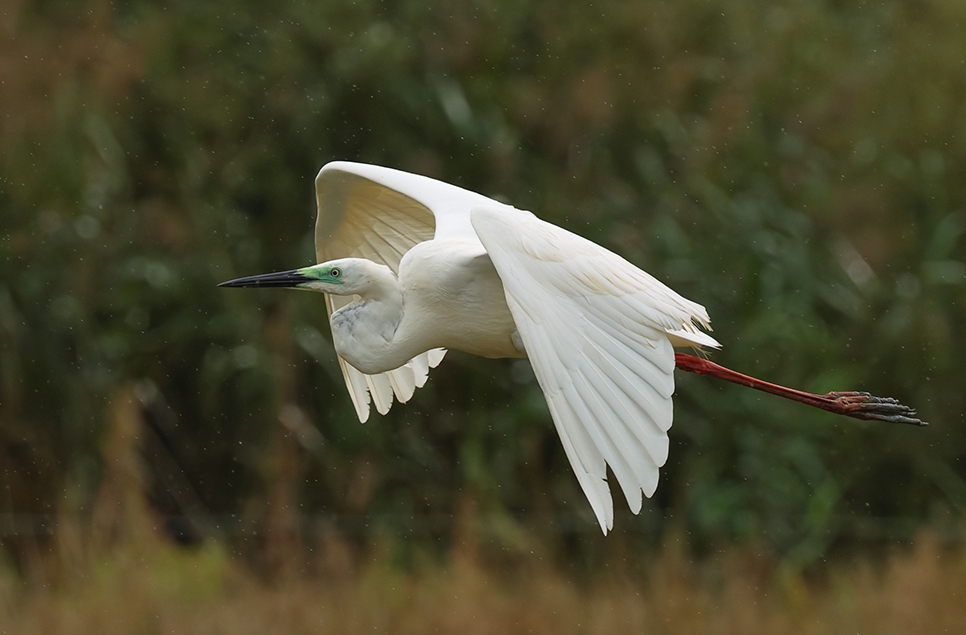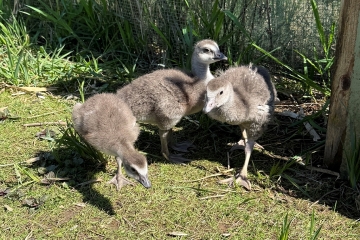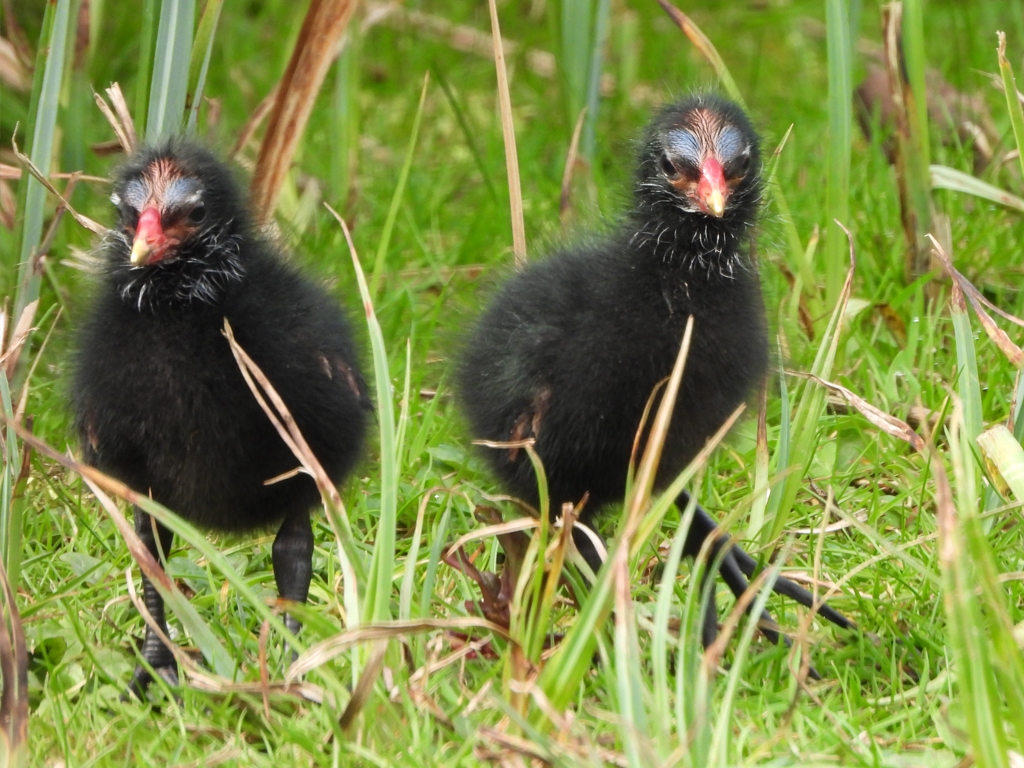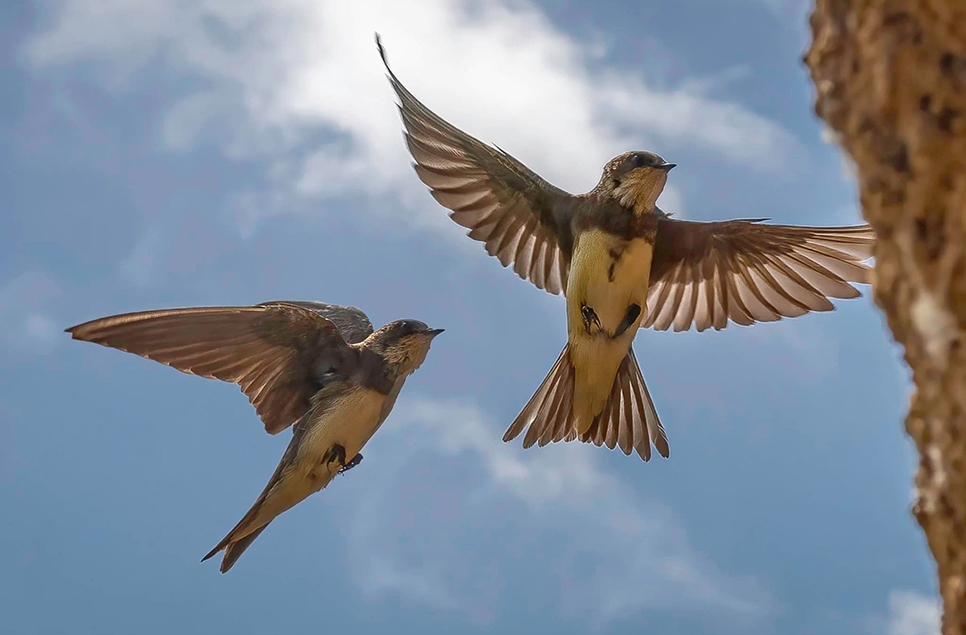Cattle egrets nest at Arundel for the first time
Seven nests of cattle egrets make-up this new colony, nesting at WWT Arundel for the first time.
Cattle egrets have nested at WWT Arundel Wetland Centre for the first time! Three nests, all with hatched, active chicks, were spotted by the Reserve Manager Suzi Lanaway on Sat 7 Sept. Now that the leaves are falling and the chicks are growing the team has confirmed there are seven nests as of Oct 7. All chicks are now fledged and exercising their wings in the trees. We have seen at least six egret fledglings, but they are rather elusive, so there are probably more.
Our media volunteer Andrew Burns captured some clips of a pair of the youngsters getting their breakfast, and one juvenile down on one of the islands.
Cattle Egret Chicks at WWT Arundel from Ramsar Hide
In late August Reserve Wardens at WWT Arundel noticed cattle egrets carrying sticks into the leafy trees near the spot where the egrets usually roost overnight. Cattle egrets nest together in colonies, like other herons. The little colony is tucked away in the trees between the Ramsar hide and the Sand Martin hide.
Reserve Manager Suzi Lanaway said “The cattle egrets were still in their breeding plumage i September, sporting the characteristic orange feathers on the head, breast and back. We were hopeful they were building nests and we are so excited to have seen the chicks!”

Cattle egrets first bred in the UK in 2008. The first cattle egret chicks recorded in Sussex were in 2020, with 5 nests in May at Pagham Harbour. Before 2008 the nearest nesting sites to the UK were in Northern France.
Sightings of these small, white herons have increased at WWT Arundel over the past three years. In 2024 they outnumber the little egrets that come into roost at the wetland centre. Cattle egrets have yellow-grey legs and a yellow beak, instead of the black legs and black beak of the Little egret.
Cattle egrets are attracted to farmland, wetlands, and grassland habitats. In past years the egrets have been spotted around the cattle that graze our wet grasslands in summer and autumn.
This autumn we have also been treated to the site of Great White egrets in breeding plumage in late September and early October. Very different from the cattle egrets orange breeding plumage, the great white's colour changes include a black bill, a lime green facial lore and red legs! This is quite a change from the yellow bill and black legs we are used to seeing on the great whites.

Ready to visit?
If you've been inspired to come in to see the wild egrets at Arundel Wetland Centre, find out more and plan your visit online.
Plan your visit
Ready to visit?
If you've been inspired to come in to see the wild egrets at Arundel Wetland Centre, find out more and plan your visit online.
Plan your visit


